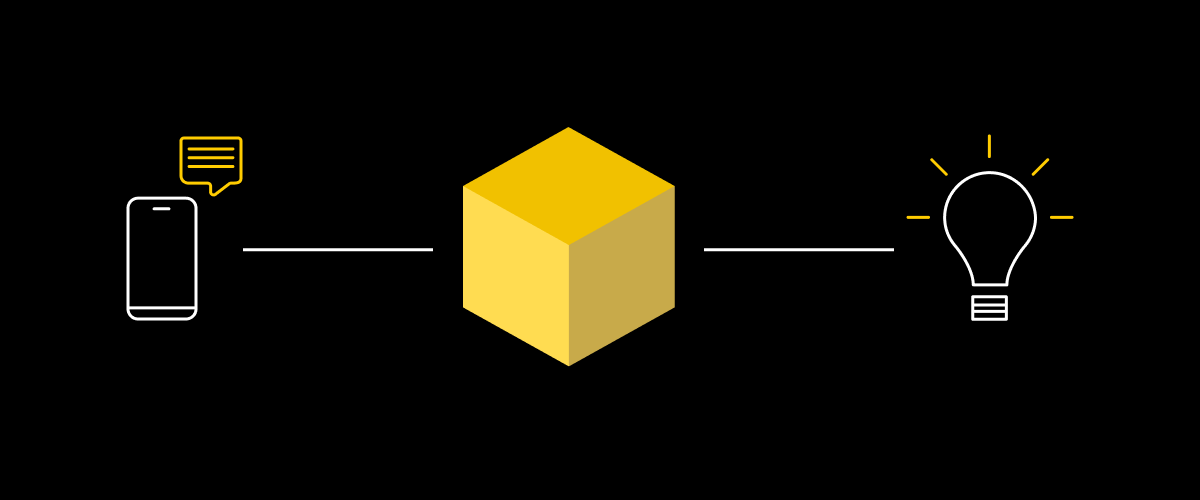At the heart of any great product is understanding customer needs and problems. Only after you truly understand these problems can you build products to solve them.
Customer service is no different than any product. Companies that offer exceptional customer service typically do the best job of understanding their customers — and being empathetic, as we recently discussed.
Understanding is also one of the attributes of our intelligent automation platform that I get most excited about. Very efficiently, we can give companies a 360-degree view of what’s happening in their customer service ecosystem.
We can take your support data and provide a powerful visualization of your top issues. And by leveraging both our technology and people, we can give you better tools for how to handle every customer issue — and ultimately provide the resiliency your customer service needs, especially during challenging times like these.
Before I explain how we help companies understand their CS ecosystem, it’s important to distinguish between simply having a lot of customer service data and actually understanding it.
Too much data, too little understanding
I love data. However, it’s only useful when it’s refined.
Long before I landed at Directly, I experienced a recurring problem with multiple companies. Our customer service teams had mounds of customer support data from disparate sources. Regularly, analysts would spend hours manually pouring through this data from different customer service channels, looking for patterns and trending issues. With their findings, the analysts would steer our customer service organization to take action. Those actions varied from developing new content for self-service channels to building technology and executing complex automation to handle recurring issues.
The problem: When it came to that data, there wasn’t a single source of truth or standardized process for how to interpret it. Different analysts, doing the best job they could with the tools they had, would derive their findings based on their own imperfect (human) process — and with their own (very human) biases and assumptions. Ultimately, our customer service leadership had to make decisions based largely on gut feeling.
In short, we had a lot of data, but not really much understanding.
How Directly Understands
The power of our platform comes from the combination of data science and human expertise. This hybrid approach enables customer support leaders to leverage both cutting-edge technology and expert judgement all in one seamless process.
And perhaps most importantly, our platform provides a single, cohesive view of what’s happening — unlike my previous ad hoc experiences — and it’s information that you can immediately act on. Here’s how it works.
Step 1: Understand Customer Intent
We start by analyzing your customer interactions, using an advanced machine learning process. Our proprietary NLU (natural language understanding) model listens to the voice of the customer, and groups related questions and utterances based on language patterns. We then represent a visualization of every common customer issue in the form of a cluster map to determine the top issues facing the contact center.
Now comes the crucial step of bridging the gap between analyzing data and understanding it deeply enough to take action. Our data science team builds a custom algorithm best suited for that particular company and industry, and then systematically asks our network of community experts to interpret and provide feedback to the system. This expert review layer is the key to unlocking accurate customer intent.
Step 2: Recommendations for Next Best Action
Analyzing tickets is a great start, but doing it as a one-off analysis is only a small fraction of what customer support leaders need. Customer issues are changing every day. New products come out. New bugs or problems arise. Market disruptions can happen. Understanding customer intent is only half the battle. Acting on new issues as they come up is critical, and it starts with understanding how you should handle each new issue.
By looking at the volume of specific intents and the difficulty in automating those issues, we provide a confidence score for the next best action that should be taken for each customer issue. Companies can use this to determine how different intents should be routed. Intents could be routed to bots, community experts, or call center agents. Not every issue should be first sent to a bot. Some should go straight to an agent, others could be handled by a knowledgeable 3rd party expert. Being strategic about this is critical to providing an exceptional customer experience.
Step 3: Long-Term Business Impact
Understanding customer data drives long-term benefits to the customer experience. For our customers, that means we begin to help customer service leaders continuously adapt to shifting customer needs. There are three significant long term business benefits to better understanding your customer ecosystem on an ongoing basis:
Identify new automation opportunities. Unlock more automation every day. Analyze every customer conversation in real-time and receive detailed recommendations on what should be automated or sent to someone for help.
Improve routing. Use our APIs to determine whether a conversation should be routed to automation, community experts, or in-house support agents. Improve the customer experience by ensuring that each customer immediately gets the help that they need.
Intelligent Virtual Agents. Chatbots and virtual agents rely on customer intent to properly diagnose customer issues and work to resolve them. Understand can integrate into any virtual agent to provide accurate customer intent with high confidence scores, leading to immediate, improved performance.
Analyze your Support Tickets
Understanding what’s happening in your customer ecosystem is the key to building automation solutions — and enabling resilient customer support solutions that can help your teams adapt even in the most challenging times.
We now offer a complimentary AI Analysis for companies looking to better understand the conversations taking place in their customer service ecosystem. We’ll provide you an overview of your top support issues, as well as an interactive cluster map. Contact us if you’re interested.
